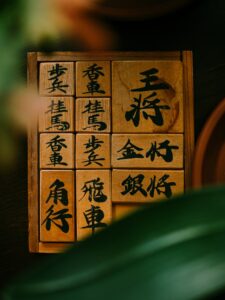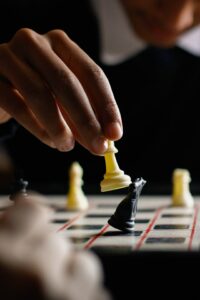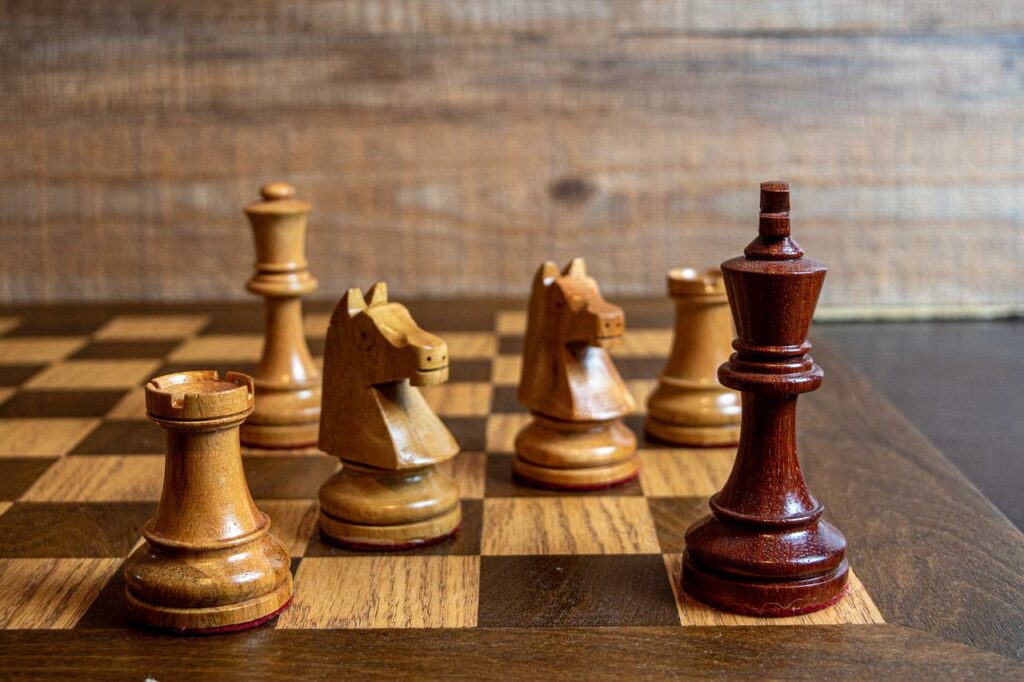Chess has a rich history of other games that precede it, games that are very similar, but have different rules, or slightly different ones. Chess as we know it today, was finalized in the 19th century, when tournaments were already in motion. Prior to that, every country had its own variation of chess and their own set of rules, which while similar, had nuances that made the game different enough to matter.
Shogi is a game of chess, but played in Japan. It is traditional Japanese chess that was brought to Japan from India at some point in the 8th century, most likely. At the time, chess was known as chaturanga in India.
Given the different culture, we can expect the rules of shogi to be very different. They are similar, but not similar enough. Here is how shogi differs from chess.
The Pieces – Similar Versus the Same

Firstly, let us go through all the pieces that the two games share, which are the same. The rook, knight, king, bishop and pawn are the same pieces and move in the same way. The knight, however, cannot move backwards, but only forward, the same way it does in international chess.
The pawn can only move a single step forward and it captures pieces by moving forward and not diagonally.
Now for the new pieces, the gold general, silver general, and lance.
The gold general can move in every direction except diagonally backwards. He can only move a single step at a time.
The silver general can move in every direction forward, but not to the side of backwards. He can also move diagonally backwards.
The lance is like the rook, except he can move only forward, as many squares as there are.
However, shogi has another element beside capturing, which is the promotion of the pieces, which happens when they reach the last third of the board, or the furthest from the player’s starting position.
The Promotion Mechanic

Pieces can be promoted by reaching the furthest third of the board from the player’s starting position. Not all pieces can be promoted, however. The promotion mechanic changes the movement of the pieces, which is a strategic concept. Not all pieces benefit from being promoted.
For example, the lance, silver general, knight and pawn, when promoted, get the movement of the gold general. That might not be the best course of action for a lance or a knight, or even a silver general. The only piece that benefits from this promotion is the pawn.
The rook promotes to a dragon knight and can now move one square diagonally in addition to its regular movement.
The bishop promotes to a dragon horse and it can now move orthogonally one square at a time, in addition to its regular movement. All pieces could benefit from a promotion, but that is a strategic choice, of course.
Other Notable Mechanics
The object of the game is to checkmate the king, of course. The game can end at a draw, an impasse, or be forfeited. Illegal moves cause the player to lose the game.

Captured pieces remain in the capturing player’s hand. They can then drop the pieces onto the board, in almost any place, facing the other player. The pieces will be unpromoted. There are three restrictions.
You cannot drop a pawn in the same column of another unpromoted pawn from the opposing player.
You cannot place a piece so that it cannot move, like a lance all the way forward, or a knight on the 8th tile.
You also cannot drop a piece so that it immediately causes a checkmate.
There are many more subtle differences between shogi and chess but these ones are the most glaring ones.
